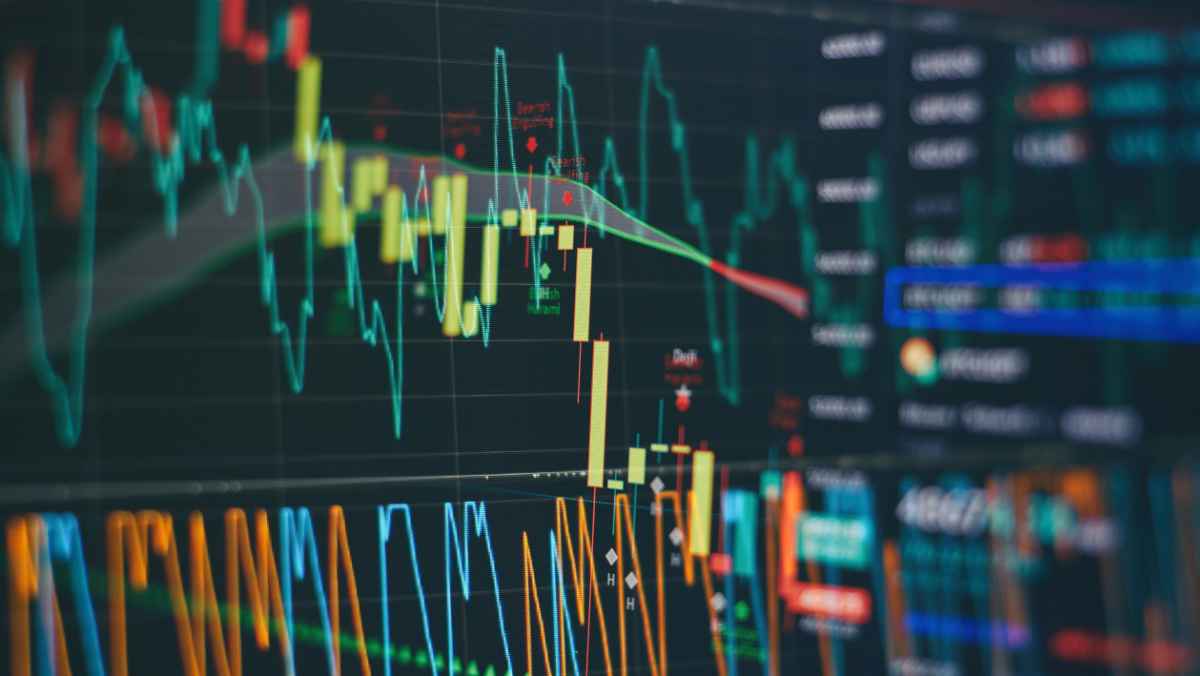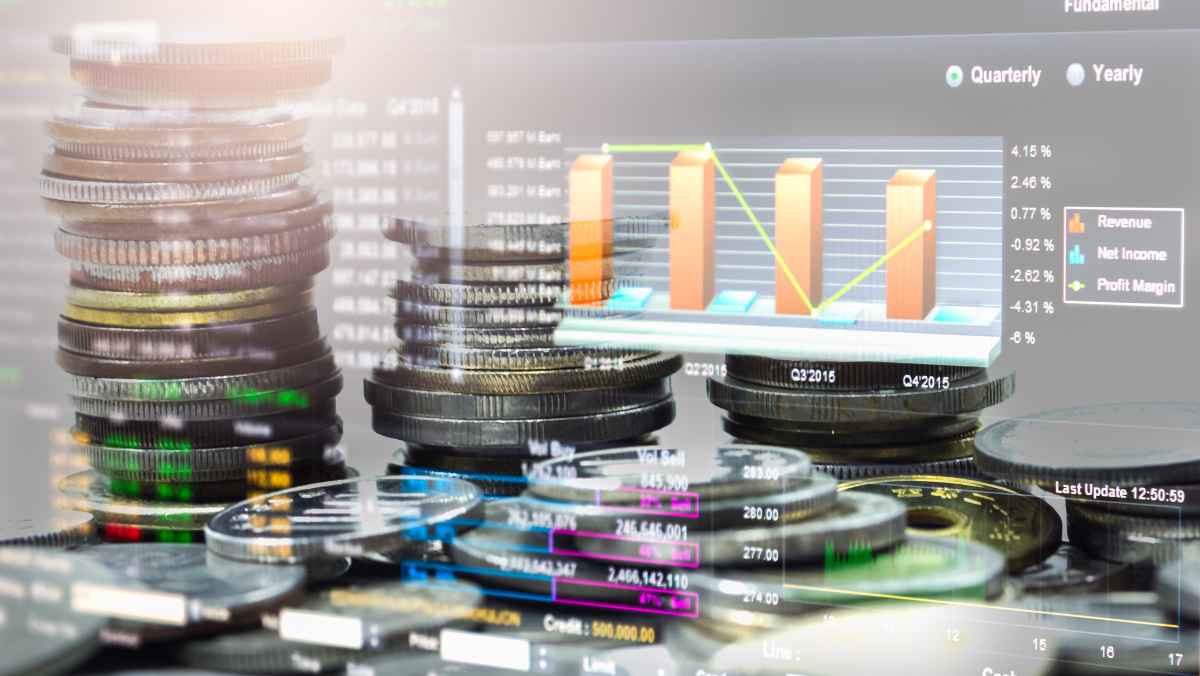Thursday Nov 9 2023 11:40

12 min

Trading has to do with having the right information when needed at the right time. To grasp how prices move, traders use a trading indicator. Think of it as a helpful tool that can tell you when it's a good time to buy or sell stocks or other assets. It gives you data-driven clues about when a price might change direction, how risky a trade might be, and how strongly the market is moving.
Whether you're a beginner or an experienced trader, using trading indicators can be valuable in pursuing your financial objectives. So, take the time to explore and integrate these tools into your trading approach for more informed and confident decision-making.
Trading indicators are also known as technical indicators. A trading indicator utilises information about price volatility, mathematical equations, and trading patterns to help you generate a visual signal based on the market’s behaviour.
It is a market analysis tool that helps you determine if a market is bullish or bearish, giving you insight into future price movements for shares, stocks, commodities, foreign exchange, etc.

A trading indicator can help you to craft your strategy as a trader. Here are six of the most popular and highly effective indicators that you can use:
The simple moving average is one of the most commonly used technical trading indicators. This sums up a set number of closing prices and divides the sum by the number of periods chosen. Say, for instance, the price of an asset you have traded is consistently above the SMA. This suggests an uptrend, while a consistent price below the SMA indicates a downtrend.
The SMA indicator guides you to assess whether the current price deviates significantly from the average, potentially signalling a reversal direction.
Let’s briefly compare the exponential moving average and SMA for you to understand it better.
The EMA indicator focuses more on recent changes in data, especially short-term price movements. On the other hand, the SMA treats all data points within a specific time frame equally.
Since the EMA focuses on recent changes in data, it can help you spot new trends more quickly than the SMA. The EMA indicator has a shorter delay than the SMA.
Note that moving averages can guide your trades along the trend, but there might be a delay when you are deciding when to start or stop a trade.
MACD indicator has two parts: the MACD line and the signal line. The MACD line is derived by subtracting the longer-term EMA from the shorter-term EMA.
During an analysis, let’s say you notice that the MACD line intersects above the signal line. You can interpret that as a bullish signal as it indicates that the upward momentum might be gaining strength.
But if the MACD line goes below the signal line, it’s seen as a bearish signal, suggesting that downward pressure could increase.
You have probably heard of or seen this indicator in trading books or articles.
This trading indicator is a momentum oscillator used to assess the speed and magnitude of price movements.
By using this trading indicator, you can identify overbought and oversold conditions of the asset you’re trading.
It is calculated based on the average of recent price gains and losses over a specified period, typically 14 periods.
This trading indicator doesn’t track price movements or volume. Instead, it monitors the velocity or momentum of price changes.
Typically, speed changes occur before changes in price direction. These enable you to identify potential reversals through bullish and bearish divergences.
Similar to the MACD lines, the stochastic oscillator consists of two lines. One of these lines is quicker than the other, mirroring the arrangement found in the MACD indicator.
The on-balance volume is a trading indicator that predicts the changes in an asset's price using volume.
This indicator turns buying and selling volume in your trade into a cumulative measure by adding volume on days when prices rise and subtracting volume on days when prices fall.
The entire day's volume is labelled up-volume if your trade concludes higher than the prior close.
Conversely, if your trade ends lower than the previous close, it is categorised as down-volume.

Have you ever wondered about how a trading indicator works on a trading platform? How does it operate before you click the tool, and how can you use the visual signals?
Here’s a quick breakdown:
It uses historical price action patterns such as open, high, low, and closing prices, and volume data. Some indicators make use of other data such as moving averages, volatility measures, or momentum.
A trading indicator uses mathematical formulas and algorithms to process the collected data and generate a numerical value or trading pattern. The calculations vary depending on the specific indicator being used.
Once a trading indicator’s calculations are complete, its signals will suggest potential trends, reversals, or momentum shifts in the market based on your asset's price volatility or volume.
Next, you can analyse the signals in connection with other factors such as fundamental analysis, news events, and market sentiment.
As soon as you have analysed the signals of the indicators, you can now develop a trading strategy based on the indicator you used. For example, the RSI trading strategy indicates that if the market begins to turn bearish, a trader might consider selling or buying a new particular asset.

Using a trading indicator isn’t just a small part of trading. It’s a crucial step you should include to move closer to improving your chances of trading success.
Here are some reasons why it is advantageous for you to use a trading indicator:
But even though trading indicators can offer useful information, they should be combined with other analysis techniques and risk management plans.
Be sure to take the broad market situation and your trading objectives into account when you’re making trading choices.
Using a trading indicator can make it easy for you to understand CFD trading. It could minimise risk on your selected assets, especially when combined with your formulated trading strategy.
Now that you know more about trading indicators, why not try using a trading indicator and put what you learned into practice with markets.com?
At markets.com, you can choose from a wide range of CFD trading assets with a variety of trading tools, enabling you to make quick, confident analyses and well-informed decisions.
So take your first step today. Join markets.com for a CFD account, then download our app to trade anytime, anywhere.
Discover more about trading with this article: How to trade CFDs: a beginner's guide
When considering "CFDs" for trading and price predictions, remember that trading CFDs involves a significant degree of risk and could result in capital loss. Past performance is not indicative of any future results. This information is provided for informative purposes only and should not be construed to be investment advice.